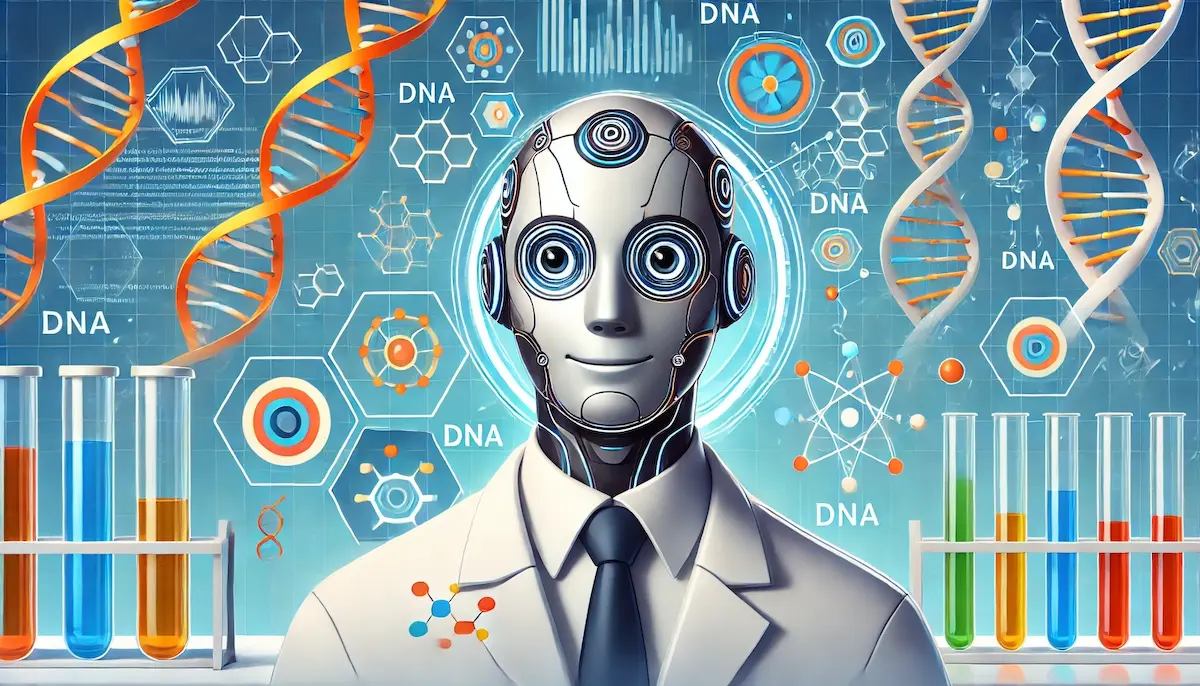Genetic engineering, also known as genetic modification or genetic manipulation, involves directly altering an organism’s DNA to change its characteristics. This can be done by adding, removing, or modifying specific genes. The goal is to enhance or introduce desired traits, such as disease resistance in plants or the production of therapeutic proteins in animals.
How Does Genetic Engineering Work?
Basic Steps
- Isolation of the Gene of Interest: Identify and isolate the specific gene that controls the desired trait.
- Gene Cloning: Use recombinant DNA technology to make multiple copies of the isolated gene.
- Gene Insertion: Introduce the cloned gene into the target organism’s genome using vectors like plasmids or viruses.
- Expression of the Gene: Ensure that the inserted gene is expressed correctly in the host organism, producing the desired trait or protein.
- Screening and Selection: Identify and select organisms that successfully express the new gene and exhibit the desired characteristics.
Techniques
- CRISPR-Cas9: A revolutionary gene-editing tool that allows for precise, targeted changes to the DNA. It uses a guide RNA to direct the Cas9 enzyme to the specific location in the genome, where it makes a cut, allowing for the addition or deletion of genetic material.
- Recombinant DNA Technology: Combining DNA from different sources to create new genetic combinations. This involves using restriction enzymes to cut DNA at specific sequences and ligases to join them together.
- Gene Therapy: Introducing or altering genes within a patient’s cells to treat or prevent disease. This can involve replacing a faulty gene, adding a new gene, or deactivating a harmful gene.
- Transgenics: Creating organisms that carry genes from other species. For example, inserting a gene from a jellyfish into a plant to make it glow in the dark.
Applications of Genetic Engineering
Medicine
- Gene Therapy: Treating genetic disorders by correcting defective genes. For example, gene therapy has been used to treat conditions like severe combined immunodeficiency (SCID) and certain types of inherited blindness.
- Pharmaceutical Production: Genetically engineered organisms produce therapeutic proteins, vaccines, and antibodies. Insulin, for instance, is now commonly produced using genetically modified bacteria.
- Cancer Treatment: Engineering immune cells to better recognize and attack cancer cells. CAR-T cell therapy is a notable example where a patient’s T cells are modified to target cancer cells.
Agriculture
- Genetically Modified Crops (GMOs): Creating crops with enhanced traits such as pest resistance, herbicide tolerance, and improved nutritional content. Examples include Bt corn, which produces a natural insecticide, and Golden Rice, which is enriched with Vitamin A.
- Livestock Improvement: Enhancing livestock for traits like disease resistance, faster growth, and improved meat quality. For instance, genetically engineered pigs have been developed to resist certain viral infections.
- Environmental Sustainability: Developing crops that require less water, are more resilient to climate change, and can grow in poor soil conditions.
Industry
- Bioremediation: Using genetically modified organisms to clean up environmental pollutants. Bacteria can be engineered to degrade oil spills or detoxify heavy metals.
- Biofuels: Producing renewable energy sources by engineering microorganisms to efficiently convert biomass into biofuels like ethanol and biodiesel.
- Industrial Enzymes: Creating enzymes for use in various industrial processes, such as in detergents, food production, and paper manufacturing.
Research
- Model Organisms: Creating genetically engineered model organisms like mice, flies, and zebrafish to study human diseases, gene functions, and developmental processes.
- Synthetic Biology: Designing and constructing new biological parts, devices, and systems for applications in research, medicine, and industry.
Benefits of Genetic Engineering
Medical Advancements
Genetic engineering holds the promise of curing genetic diseases, improving the efficacy of medical treatments, and producing cost-effective drugs and vaccines. It offers hope for conditions that currently have no cure or limited treatment options.
Agricultural Productivity
Genetic engineering can significantly increase agricultural productivity by creating crops that are more resistant to pests, diseases, and environmental stresses. This can help meet the growing food demands of a burgeoning global population.
Environmental Conservation
Genetically engineered organisms can be used to address environmental challenges, such as cleaning up pollution and reducing the reliance on chemical pesticides and fertilizers. This can lead to a more sustainable and eco-friendly approach to agriculture and industry.
Economic Benefits
The biotechnology industry, driven by advancements in genetic engineering, is a major contributor to economic growth. It generates jobs, stimulates investment, and drives innovation across multiple sectors.
Challenges and Ethical Considerations
Safety Concerns
There are concerns about the safety of genetically modified organisms, particularly regarding their long-term effects on human health and the environment. Rigorous testing and regulation are essential to address these concerns.
Ethical Issues
The manipulation of genetic material raises ethical questions about the extent to which humans should intervene in natural processes. Issues such as the potential for designer babies, genetic discrimination, and the patenting of genetically engineered organisms are hotly debated.
Regulatory Hurdles
Genetic engineering is subject to strict regulations to ensure safety and ethical compliance. Navigating these regulatory frameworks can be challenging and time-consuming, potentially hindering innovation and development.
Public Perception
Public acceptance of genetic engineering varies widely. Misinformation and lack of understanding can lead to resistance and fear. Educating the public about the science and benefits of genetic engineering is crucial for its broader acceptance.
Conclusion
Genetic engineering is a powerful tool with the potential to transform medicine, agriculture, and industry. As technology advances, the possibilities for improving human health, enhancing food security, and addressing environmental challenges are vast. However, careful consideration of the ethical, safety, and regulatory issues is essential to ensure that genetic engineering is used responsibly and for the greater good.
Blockfine thanks you for reading and hopes you found this article helpful.
